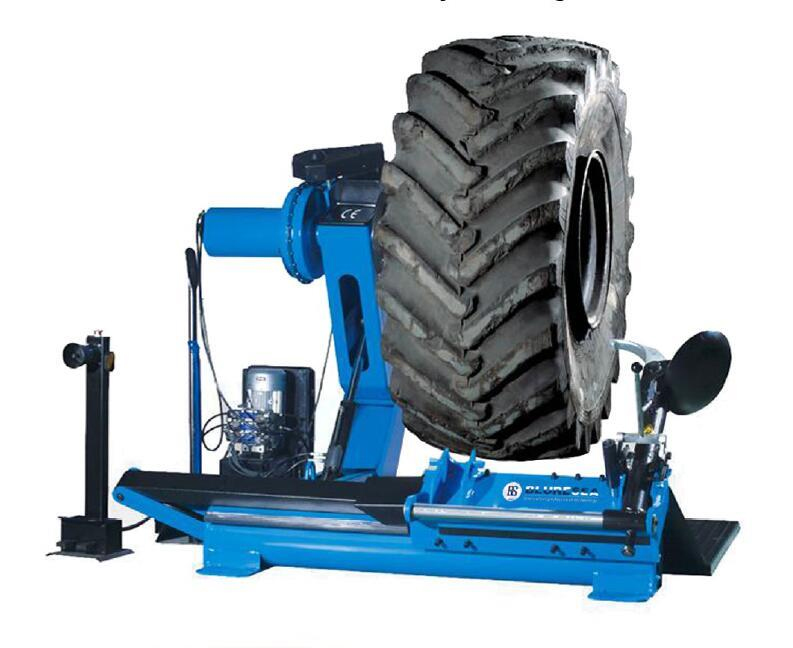Regular inspection and maintenance of tires will help extend their service life, but all tires will eventually be polished.
The lifespan of tires varies depending on your driving habits, the climate of your place of residence, and how you maintain your tires. All polished or damaged tires must be replaced.
Tire wear: Over time, the tread will be polished. Most tires have wear indicators. The height of these indicator points is usually 1.6 millimeters, which is the minimum tread depth for safe driving. You should also check for uneven tread wear patterns to identify other issues that may exist with the tires or vehicle.

Obvious damage: Please check the sidewall and tread for damage. If you notice a small crack on the sidewall of the tire, also known as a 'crack', it's time to replace the tire. The sidewall is not very thick, and damaged sidewalls may cause the tire to become unusable. You also need to check for protrusions, bubbles, cuts, or cracks on the tread, shoulders, and sidewalls, which are clear signals that you need a new tire, even if the tire has not been polished yet.

 Who is TONGDA TYRE ?
Who is TONGDA TYRE ?
